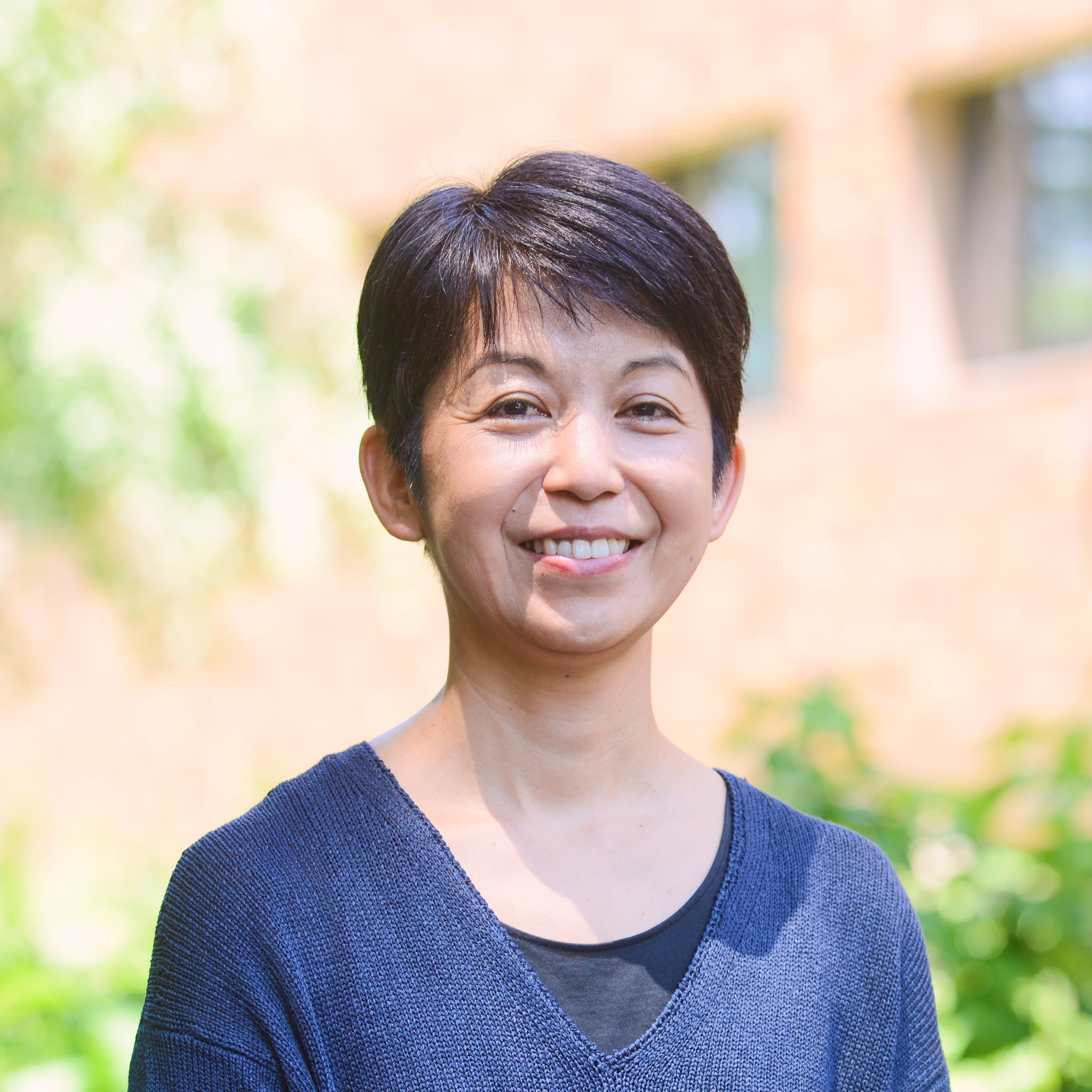Search Term
Director’s message

Director of HIAS Health HONDA, Ayako |
The Research Centre for Health Policy and Economics (HIAS-Health) was established in 2016 by Hitotsubashi University’s Hitotsubashi Institute for Advanced Studies (HIAS). HIAS-Health applies social science theory and analytical methods to examine health systems and policy, both nationally and globally, and undertake research on issues associated with: (1) healthcare financing, (2) healthcare delivery and service quality, (3) comparative health systems and policies, (4) policy analysis, and (5) health technology assessment. Societal changes, including demographic transition, climate change and technological innovation, require novel research approaches to appropriately address health systems issues. The challenges in health systems are multifaceted, have complex relationships with people’s lives so often need to be addressed from broader societal perspectives. HIAS-Health is committed to providing valuable evidence for policy-making using interdisciplinary, issue-oriented research that is produced in collaboration with a wide range of stakeholders. HIAS-Health aims to use research and other related activities to contribute to the creation of a society where people can live safe and healthy lives. |